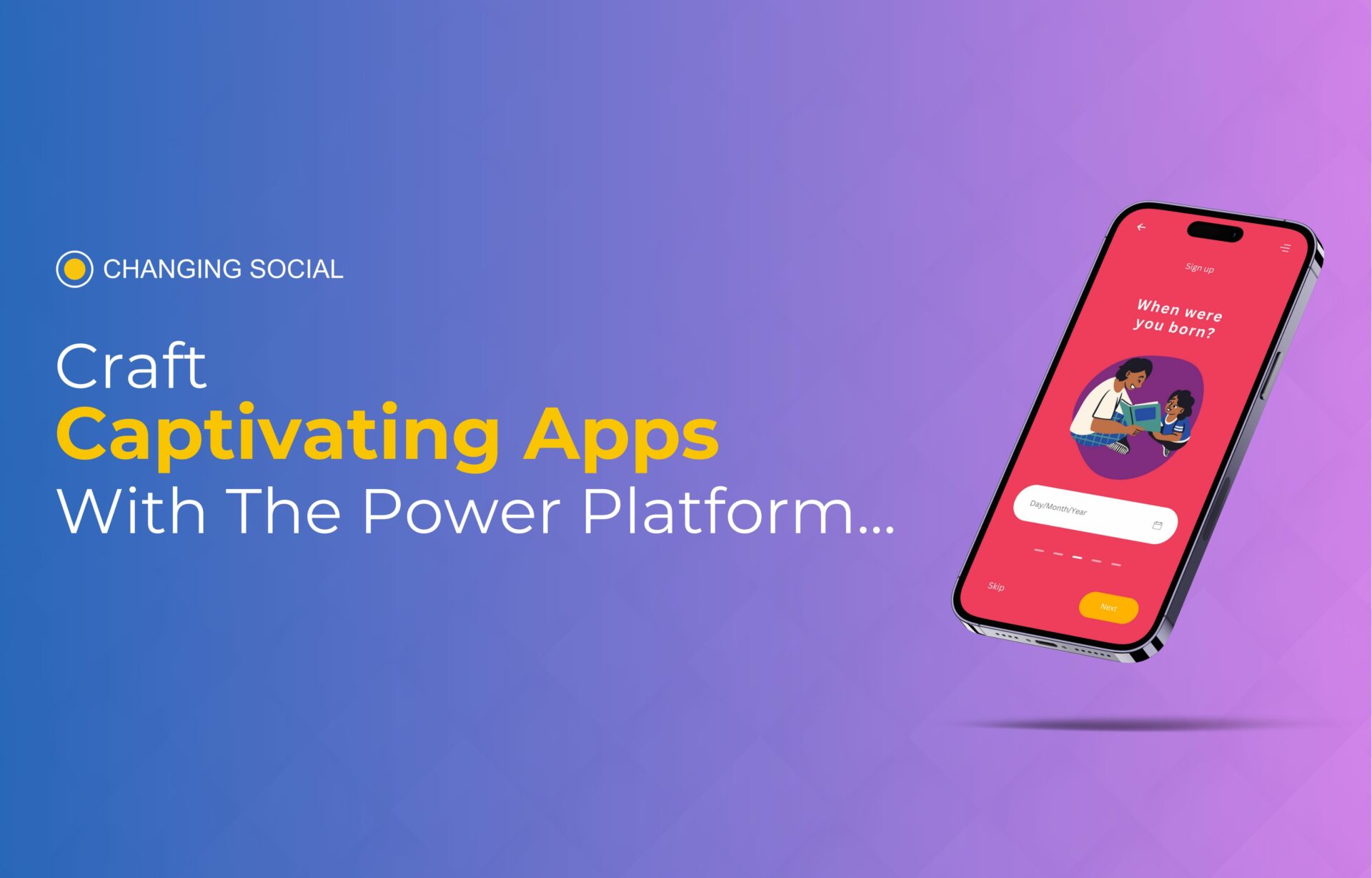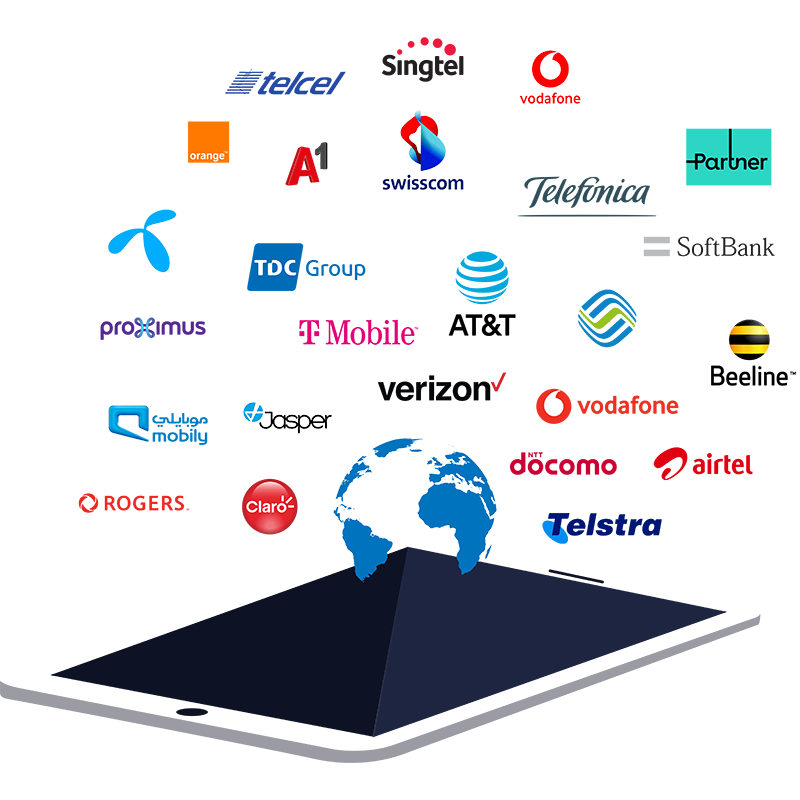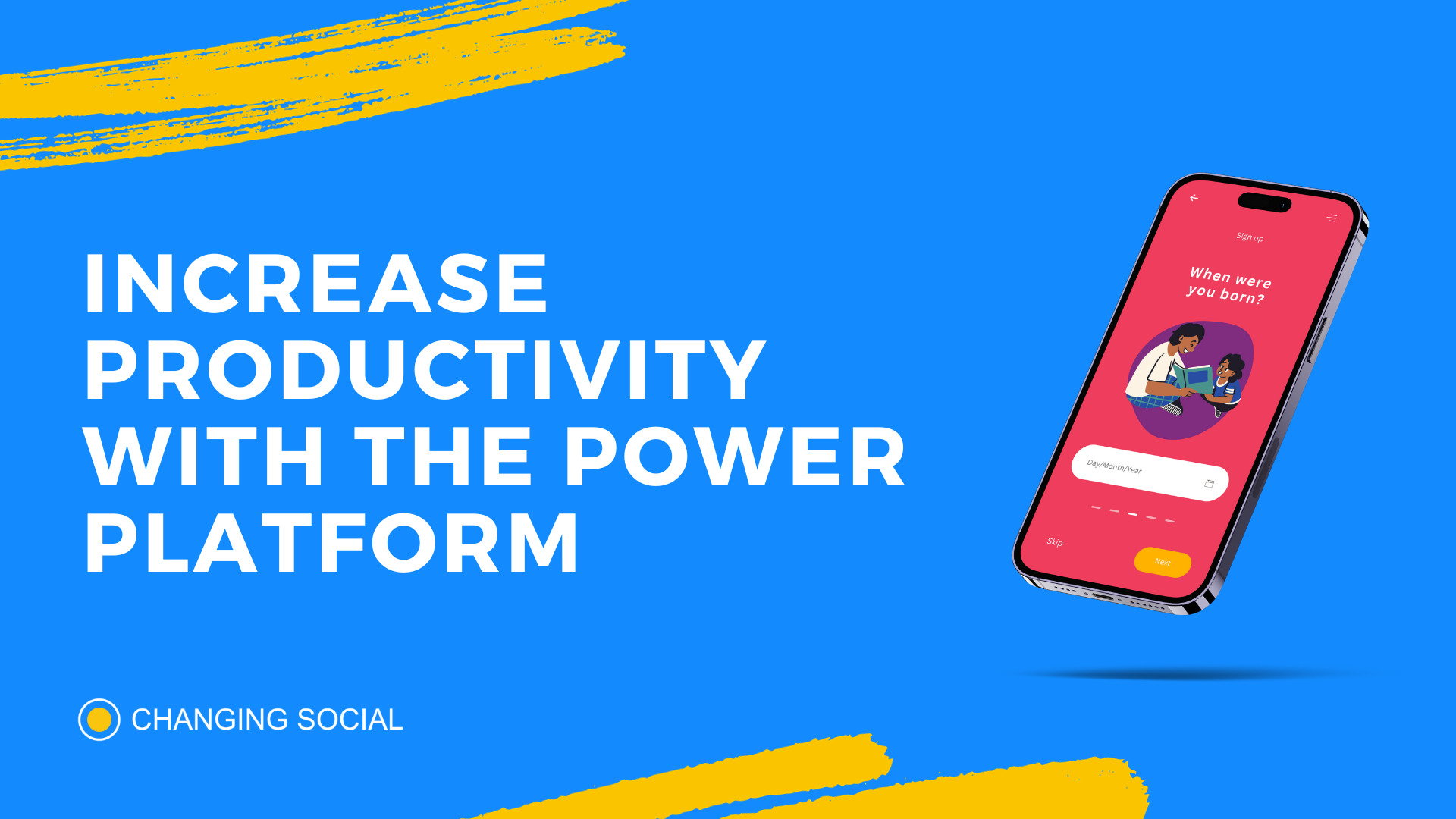In today's rapidly evolving technological landscape, the best remote IoT device platform has become a crucial element for businesses and individuals seeking seamless connectivity. With the increasing demand for smart devices and automation, choosing the right platform is essential for optimizing performance and efficiency. This article will explore the top remote IoT platforms that can transform the way you interact with connected devices.
As the Internet of Things (IoT) continues to expand, selecting the best remote IoT device platform has never been more important. Businesses must carefully evaluate their options to ensure they choose a solution that aligns with their specific needs and objectives. By understanding the features and capabilities of various platforms, decision-makers can make informed choices that drive success.
In this comprehensive guide, we will delve into the world of remote IoT platforms, examining their key features, benefits, and drawbacks. By the end of this article, you will have a clear understanding of which platform suits your requirements and how it can enhance your IoT ecosystem. Let's dive in!
Table of Contents
- Introduction to Remote IoT Platforms
- Key Criteria for Evaluating the Best Remote IoT Device Platform
- Top Remote IoT Device Platforms
- Comparison of Top Remote IoT Platforms
- Scalability in Remote IoT Device Platforms
- Security Features in Remote IoT Platforms
- Cost Analysis of Remote IoT Platforms
- Real-World Use Cases of Remote IoT Platforms
- Future Trends in Remote IoT Platforms
- Conclusion and Final Thoughts
Introduction to Remote IoT Platforms
Remote IoT device platforms serve as the backbone of modern smart ecosystems, enabling seamless communication between devices and facilitating data collection, analysis, and automation. These platforms provide a centralized hub for managing IoT devices, regardless of their physical location. By leveraging cloud computing and advanced networking technologies, remote IoT platforms empower businesses to scale their operations efficiently while maintaining robust security and reliability.
The importance of selecting the best remote IoT device platform cannot be overstated. As IoT continues to grow, the need for reliable, scalable, and secure solutions becomes increasingly critical. In this section, we will explore the fundamental components of remote IoT platforms and their role in shaping the future of connectivity.
According to a report by Statista, the global IoT market is projected to reach $1.5 trillion by 2030, underscoring the significance of investing in the right platform. Businesses must carefully evaluate their options to ensure they choose a solution that aligns with their long-term goals and objectives.
Key Criteria for Evaluating the Best Remote IoT Device Platform
When searching for the best remote IoT device platform, several key criteria should be considered. These include scalability, security, ease of use, cost, and integration capabilities. By assessing these factors, businesses can identify the platform that best meets their needs and ensures long-term success.
Scalability: A top-tier remote IoT platform should be capable of handling thousands or even millions of connected devices without compromising performance. Scalability is essential for businesses looking to expand their IoT ecosystems over time.
Security: With the growing threat of cyberattacks, security is a critical consideration when choosing a remote IoT platform. Platforms should offer robust encryption, authentication, and authorization mechanisms to protect sensitive data and prevent unauthorized access.
Top Remote IoT Device Platforms
In this section, we will examine some of the leading remote IoT device platforms available today. Each platform offers unique features and capabilities that cater to different business needs and requirements.
AWS IoT
AWS IoT is one of the most popular remote IoT platforms, offering a comprehensive suite of tools and services for managing IoT devices. With its scalable architecture and robust security features, AWS IoT is an ideal choice for businesses of all sizes.
- Scalability: Supports millions of connected devices
- Security: End-to-end encryption and device authentication
- Integration: Seamless integration with other AWS services
Azure IoT
Azure IoT is another leading remote IoT platform, providing businesses with the tools they need to build, deploy, and manage IoT solutions. With its focus on security, scalability, and ease of use, Azure IoT is a strong contender in the IoT platform market.
- Scalability: Handles large-scale IoT deployments with ease
- Security: Advanced security features, including device identity management
- Integration: Integrates with Azure's extensive ecosystem of services
Google Cloud IoT
Google Cloud IoT offers a powerful platform for managing IoT devices, leveraging the strengths of Google's cloud infrastructure. With its focus on machine learning and analytics, Google Cloud IoT is an excellent choice for businesses seeking advanced data processing capabilities.
- Scalability: Supports global-scale IoT deployments
- Security: Built-in security features, including encryption and authentication
- Integration: Integrates with Google Cloud's suite of services
Comparison of Top Remote IoT Platforms
When evaluating the best remote IoT device platform, it's essential to compare the features and capabilities of different solutions. In this section, we will compare AWS IoT, Azure IoT, and Google Cloud IoT based on key criteria such as scalability, security, and integration.
While all three platforms offer robust solutions for managing IoT devices, each has its own strengths and weaknesses. Businesses should carefully consider their specific needs and requirements before making a decision.
According to a report by Gartner, AWS IoT, Azure IoT, and Google Cloud IoT are among the top leaders in the IoT platform market, with each platform offering unique advantages that cater to different use cases.
Scalability in Remote IoT Device Platforms
Scalability is a critical factor when selecting the best remote IoT device platform. As IoT ecosystems grow, businesses need a platform that can handle increasing numbers of connected devices without sacrificing performance. In this section, we will explore the scalability features of leading remote IoT platforms and how they can benefit your business.
Scalability ensures that your IoT infrastructure can grow alongside your business, accommodating new devices and applications as needed. By choosing a scalable platform, you can future-proof your IoT ecosystem and avoid costly upgrades or migrations down the line.
Security Features in Remote IoT Platforms
Security is a top priority for businesses deploying IoT solutions, as the increasing number of connected devices creates new vulnerabilities and risks. In this section, we will examine the security features offered by leading remote IoT platforms and how they can protect your data and devices.
Top remote IoT platforms such as AWS IoT, Azure IoT, and Google Cloud IoT provide robust security features, including encryption, authentication, and authorization. These features ensure that your IoT ecosystem remains secure and protected from potential threats.
Cost Analysis of Remote IoT Platforms
Cost is an important consideration when selecting the best remote IoT device platform. Businesses must carefully evaluate the pricing models of different platforms to ensure they choose a solution that fits their budget. In this section, we will analyze the cost structures of leading remote IoT platforms and provide guidance on how to make an informed decision.
Most remote IoT platforms offer flexible pricing models that allow businesses to pay only for the resources they use. This pay-as-you-go approach can help businesses optimize their spending and avoid unnecessary expenses.
Real-World Use Cases of Remote IoT Platforms
To better understand the value of remote IoT platforms, let's explore some real-world use cases where these platforms have made a significant impact. From smart cities to industrial automation, remote IoT platforms are transforming the way businesses operate and interact with connected devices.
For example, AWS IoT has been used in smart city initiatives to improve traffic management and reduce congestion. Similarly, Azure IoT has been deployed in manufacturing facilities to enhance productivity and reduce downtime through predictive maintenance.
Future Trends in Remote IoT Platforms
As the IoT landscape continues to evolve, new trends and technologies are emerging that will shape the future of remote IoT platforms. In this section, we will explore some of the most promising trends in the IoT space and how they may impact the platforms of tomorrow.
One of the most exciting developments in the IoT space is the rise of edge computing, which allows data processing to occur closer to the source. This reduces latency and improves performance, making it an ideal solution for real-time applications.
Conclusion and Final Thoughts
In conclusion, selecting the best remote IoT device platform is a critical decision that can significantly impact the success of your IoT initiatives. By carefully evaluating the features, capabilities, and cost structures of leading platforms such as AWS IoT, Azure IoT, and Google Cloud IoT, businesses can make informed decisions that align with their long-term goals and objectives.
We encourage you to share your thoughts and experiences with remote IoT platforms in the comments section below. Additionally, feel free to explore other articles on our website to learn more about IoT and related technologies. Together, let's build a smarter, more connected world!


